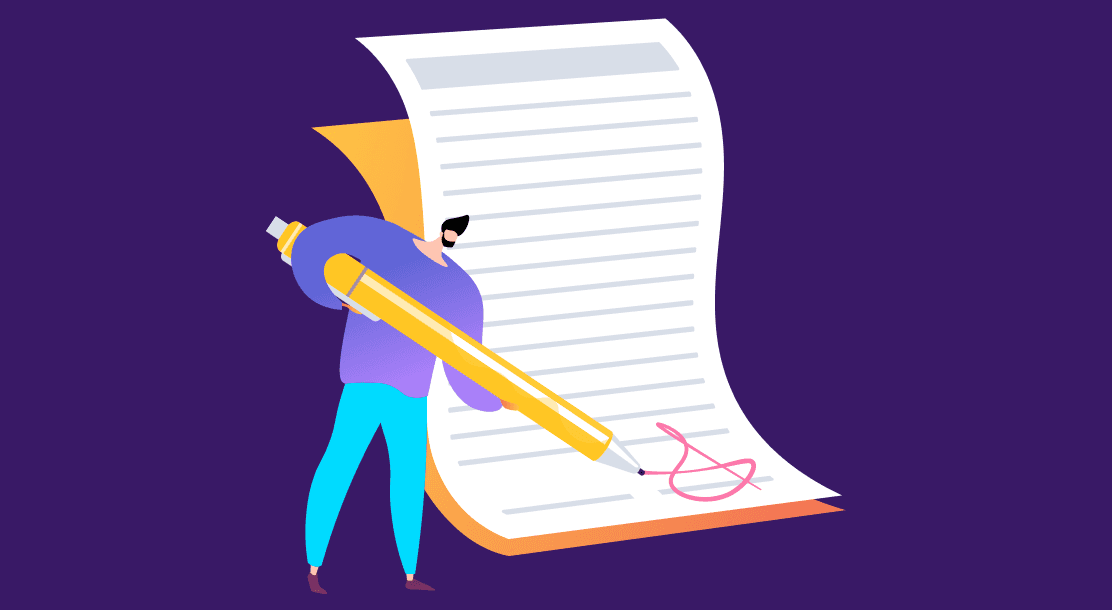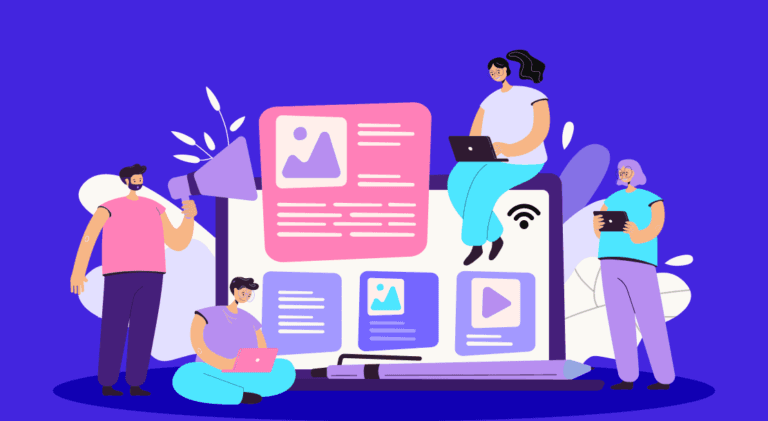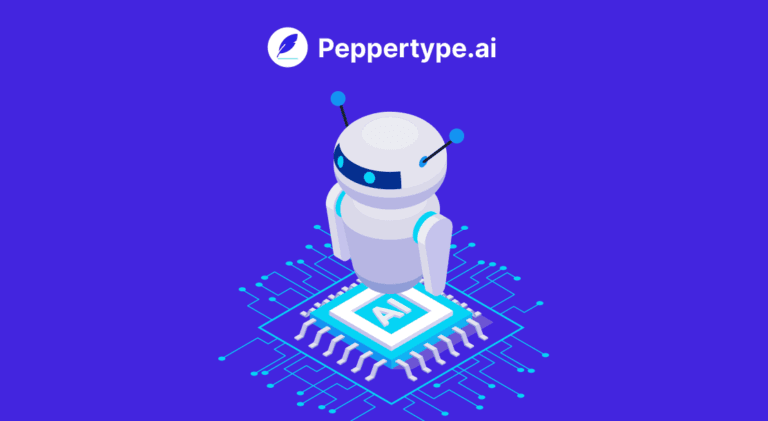Are AI Translators Reliable for Legal Document Translation?

Artificial Intelligence (AI) and machine learning (ML) have penetrated every industry and organization, now being the driving force behind several business decisions.
As the digital revolution takes over our lives and the way we work, AI disrupts several industry standards and can be harnessed to improve efficiency, automate processes, and even be used in document translation.
But should law firms and lawyers care about all the technological advancements and AI? Using AI document translators can help legal professionals stay efficient and improve the translation of contracts, licenses, research reports, agreements, and other legal documents.
With the increasing use and more historical data for the algorithm to understand and learn, AI-powered document translation is quick and has improved accuracy. But is it still good enough to replace qualified human translators?
Here is all you need to know about AI translators and how you can use them for legal document translation.
Human Translators vs. AI Translators

According to Deloitte, about 100,000 legal-related jobs can be automated by 2036. While this means AI translators and other AI-powered processes will slowly make inroads in the legal space, we still need humans to do a lot.
When considering machines or AI to replace any human process, one needs to consider three key variables:
Quality
Since legal document translation is not just about converting text from one language to another but also involves interpretation of the legal aspects, human translators offer greater accuracy.
A team of linguists and legal experts can make decisions that are beyond the capability of an AI translator at the moment and require both contextual and legal understanding for effective translation.
Speed
When it comes to speed, AI translators are unbeatable. They can handle multiple lines of text and perform actions within seconds, something a human can’t possibly match.
AI translators can also improve speeds with advancements in technology, processing power, and contextual learning, which is also limited for a human being.
Cost
Since AI-powered tools and document translation software do not need human intervention, AI translators can be a cheaper alternative and get things done with more cost savings.
Pros of AI in legal document translation

As we have already touched upon, the gap between humans and AI translators is narrowing. Some areas where AI translators are excelling are:
Automated reminders
Since legal documents can include multiple timelines, AI translators can help take up the excruciating work of understanding the timelines and creating a timely reminder for each action. Machine learning can even predict your pattern and send reminders automatically, making it extremely efficient and enabling you never to forget a task.
Contract review and analysis
Lawyers and firms must follow a particular checklist and provide comments and redlines to advise clients on most legal procedures. AI can help perform this task efficiently and can be used to identify required paperwork, analyze documents and identify the requested terms and clauses. This helps make lawyers’ jobs a lot simpler and saves the effort of going through each line item among tons of papers.

Legal research and background check
Most traditional lawyers and legal firms have deep knowledge and personal experience when it comes to getting the details on particular lawyers, judges, courts, legal requirements, and other legal processes, to name a few.
AI translators can help with legal research as well as document translation. This means AI can find related information using certain search terms or keywords and ensure lawyers have easy access to relevant information like verdicts, trends, and case outcomes that are important for their legal work.
Automate repetitive tasks
Several repetitive tasks take up a legal professional’s time, from mundane paperwork and legal updates to routine activities. AI translators can help automate these repetitive tasks by finding relevant patterns in the process and suggesting automation and rules to streamline it.
Reduce manual interventions
Although legal translators are not replaceable, AI translators can help make their jobs easier. By doing the mundane and lower-level tasks, humans can focus on improving accuracy and put their energies on tasks that require human context and understanding. This helps humans work efficiently and simplify tasks by taking away a chunk of their workload.
Helps address linguistic limitation
There is also a limitation when it comes to finding human translators with a strong legal background. While most legal translators can speak two or more languages, they cannot match the power of a single AI translator, which offers legal document translation services in multiple languages.
For example, Google AI Doc Translator supports up to 108 languages and is ideal, especially when the translation is for a language not widely known or spoken in a particular geography.
On the flip side, AI translators have some negatives in legal document translation. AI translators have limited accuracy, and so human translators should be used when:
- Content to be translated is of high priority and needs accurate translation.
- Requires cultural, legal, and contextual understanding.
- Material uses creative language which cannot be translated literally.
- Language translation needs to be grammatically accurate, with the right understanding of legal mechanisms.
- The project is too complex and needs professional translators to navigate uncharted waters.
How Accurate are AI Legal Translations?
Although there is tremendous progress in using AI and ML in business processes, it lags behind its human counterparts when it comes to legal document translation.
A deeper analysis of AI reveals that AI can’t pick up subtle nuances in language and struggles to grasp the broader context of the sentence. Some literal translations may not be legible in a different language, and AI translations often have clumsy errors.
Thus, despite their many benefits, it will be wise to have any legal document proofread and checked before being used, especially when translated by an AI translator.

Key Takeaways
- AI-powered translators can help law firms and lawyers get legal document translation done quickly and cost-effectively.
- Automation will disrupt 100,000 legal-related jobs by 2034, and the efficiency and accuracy of AI document translation are improving each passing day.
- To consider AI translators, one needs to consider three key variables: the quality/accuracy of the translation, the speed at which it can be done, and the cost savings it can provide.
- The benefits of AI translators include automating repetitive tasks, simplifying the legal process, aiding in research and background checks, and faster contract review and analysis.
- Although AI translators are efficient and cost-effective, they still are not at par with human translation and contextual understanding. Thus, it is ideal for AI translators to be used to support legal processes and help humans focus on the critical aspects.
Conclusion
We live in a digital age, and everything around us is getting automated. While multilingualism is on the rise thanks to globalization, there is only a limited grasp of language and legal processes that one human can achieve.
AI translators can help humans go beyond their traditional confines to do more. Legal firms can use document translation services or firms to help with the linguistic translation; contextual translation requires the combination of legal and language for an accurate legal representation.
For most firms, hiring a document translation service is often not an option given the time and cost constraints, making it ideal for AI translators to step in.
Google doc translate and other AI translators can help translate multiple documents faster. So, it is ideal for law firms and lawyers to choose their options and make the right call for their legal document translation needs.
FAQs
Legal document translation transforms a legal document from one language to another without changing the document’s context or original meaning. Since legal documents often include legal jargons that need to be worded specifically to the original, legal translation needs to be done by someone with a good understanding of language and legal monikers.
Although there is tremendous progress in using AI and ML in business processes, it lags behind its human counterparts when it comes to legal document translation. AI can’t pick subtle nuances in language and struggles to grasp the broader context too. Some literal translations may not be legible in a different language, and AI translations often have errors.
Although AI is already making headways in legal and other document translation processes, it is yet to be good enough to replace human translators. In today’s world, AI is more of an enabler than a disruptor.
Automatic language translation refers to using AI to automatically detect and translate text or documents from one language to the other.
Google Translator and other doc translators have advanced AI features that, using contextual understanding, can determine the language used and translate it into the user’s default language, often without even needing humans to give the instruction.
Latest Blogs
Explore how Google’s 2025 AI search updates triggered ranking chaos. Learn actionable strategies to adapt your SEO for AI Overviews, zero-click searches, and SERP volatility. Stay ahead now.
Learn how to rank on AI search engines like ChatGPT, Perplexity, and Gemini by optimizing your content for authority, structure, and relevance. Stay ahead in AI-driven search with this strategic guide.
Explore the best healthcare SEO services for your medical practice. Improve online visibility and effectively reach more patients in need of your services.
Get your hands on the latest news!
Similar Posts

Peppertype.ai
4 mins read
Taking Writing to the Next Level with Peppertype.ai and GPT-3’s Text-Davinci-003

Peppertype.ai
7 mins read
How Content Generators Work And How To Use Them Effectively

Peppertype.ai
6 mins read